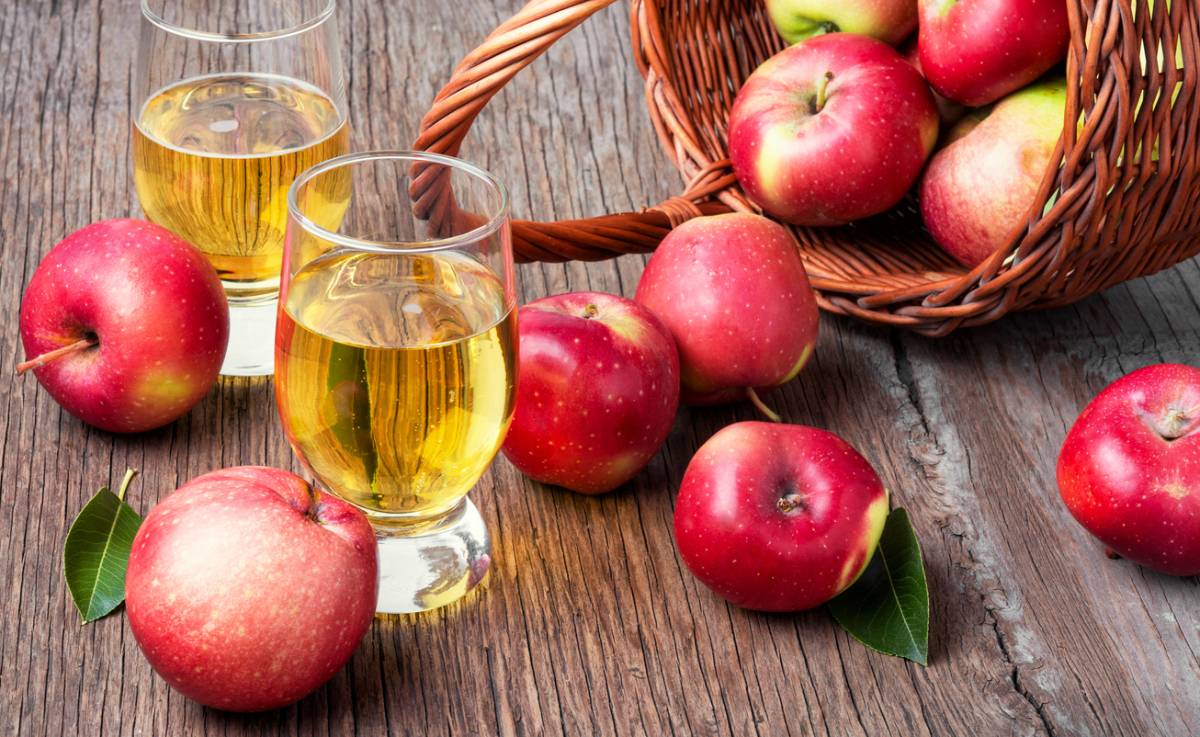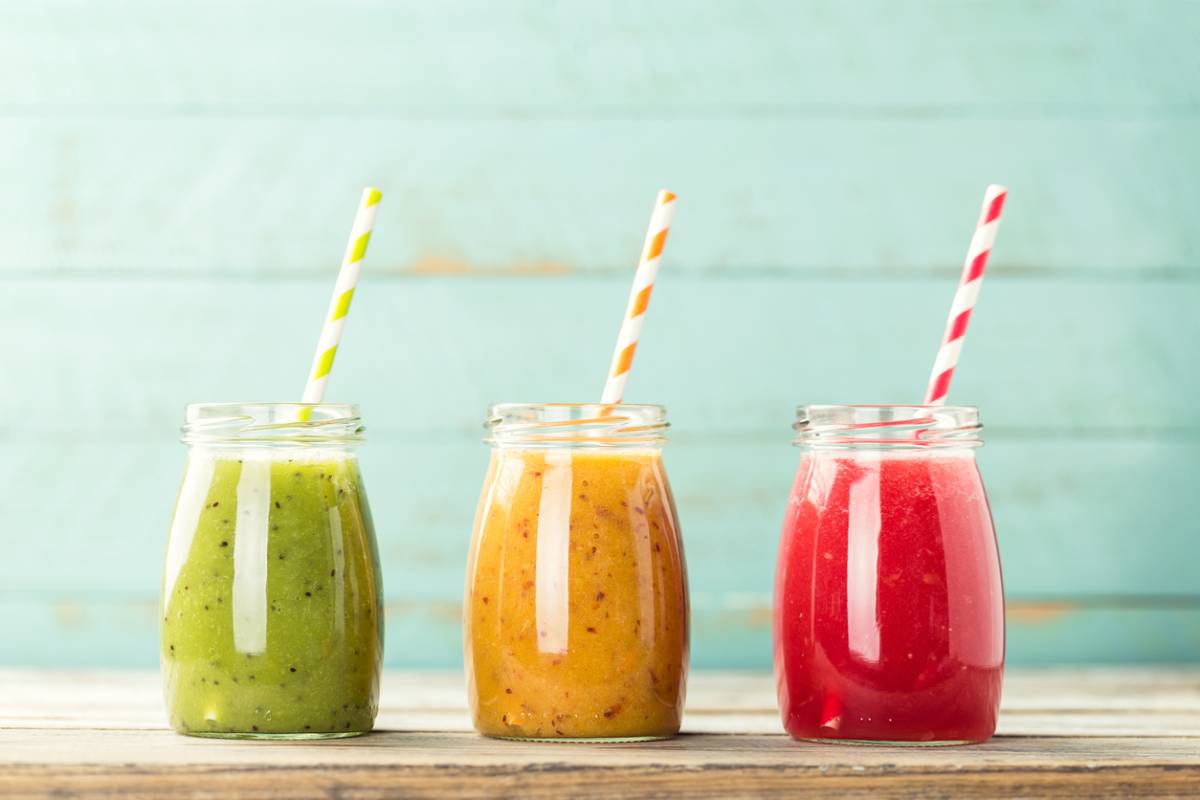Apple juice has earned its place in our diets, thanks to its delicious taste and numerous health benefits. There is a reason that it is considered a staple in our diets and lives. Most people pick up apple juice from the supermarket, but if you want the excitement of saying that yours is homemade, you can make it yourself. Whether you are an individual who likes to experiment in the kitchen or a restaurant owner looking to add to your commercial beverage equipment, take a look at this guide that describes how to make apple juice so you can up your juice game.
Why Make Apple Juice?
Whether you are at home or running a business, apple juice is bound to be a popular meal choice. If you’re at home, homemade juice is sure to please any guests you may be entertaining. Or it can be a healthy choice for your family.
How to Make Apple Juice
The exact method for creating juice varies depending on whether it is produced for home or commercial purposes. All in all, these are two very different processes, the details of which are outlined below.
Apple Juice at Home
Making apple juice at home can be a rewarding process that yields a healthy and refreshing beverage you can enjoy anytime. Some of the steps involved in this process include:
– Peel, core, and deseed around 3-5 apples
– Place the apple peels and cores in a pot
– Fill the pot with water
– Simmer the apples for about 30 minutes
– Strain the juice to free it of pulp and other detritus
– Add about 50 grams of sugar
– Refrigerate the juice and enjoy
Anyone who has access to just a few simple kitchen tools can make apple juice using this method. It is simple, relatively quick, and cost-effective because it requires only a few ingredients. In addition, when someone makes their own apple juice, they can use any type of apple that they wish to make their juice precisely to taste. Experimenting with different measurements and types of apples can sometimes yield unexpected results.
Commercial-Scale Apple Juice
The process of creating commercial-grade apple juice is quite different than making it at home. This process begins on large-scale farms run by professional agriculturalists, who must follow specific guidelines to ensure the safety of the products they produce for widespread consumption.
The process for this begins with growers selecting apples, which are chosen based on their flavor, color, and texture. These apples are then washed, sorted, and inspected for quality. These apples are then cut into small pieces and pressed using industrial machinery to extract the juice.
This pressed juice is filtered to remove pulp, seeds, and other solid materials. Following this, the juice is pasteurized to remove harmful bacteria that can cause illness. Following this, the juice is ready to be bottled and sold.
Equipment for Large-Scale Production
The equipment used to produce apple juice is highly specialized and designed to make the process as efficient and quick as possible, thereby satisfying the massive national and international demand for this product. All in all, the process of creating apple juice involves numerous complex pieces of industrial machinery from start to finish.
Harvesting equipment, pulping machines, juice extractors, mesh filters, gravity belt filters, and other parts of the industrial process all contribute to making a standardized product that is safe to consume. To access this level of quality, you will need to investigate the available options and determine which one is most suitable for your specific situation.
If you plan to manufacture juice on a commercial scale, you must understand the various pieces of equipment required, as well as the details of the pasteurization process. This can help you make informed decisions about the type of equipment you will need, as well as prepare you to create a product that is safe, tasty, and ready for the market.
Your Resource for All Things Beverage
SC Beverage has everything you need to implement commercial-grade beverage delivery systems in your lifestyle. If you have questions about commercial-grade juice machines, contact us today to discuss options.







